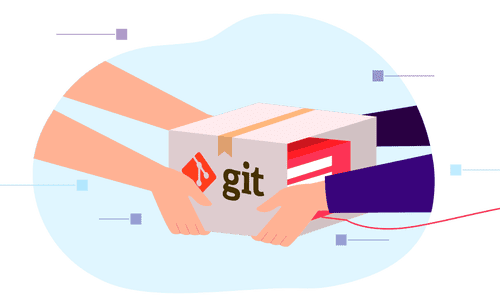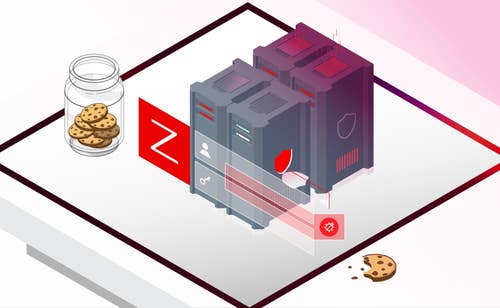Sonar's latest blog posts
State of Code Developer Survey report: The current reality of AI coding
Sonar analyzes over 750 billion lines of code every day. This gives us a unique, high-level view of the state of code quality and security across the globe.


Clean Your Infrastructure Code with Sonar
The norm for setting up your cloud-native app infrastructure is quickly becoming Infrastructure as Code (IaC). In this blog, we’ll cover how Sonar is the solution for safeguarding your IaC invoked infrastructure.
Read Blog >

Securing Developer Tools: Git Integrations
With this series, we present the results of our research on the security of popular developer tools with the goal of making this ecosystem safer: today’s article revisits Git integrations.
Read Blog >
Get new blog posts delivered directly to your inbox!
Stay up-to-date with the latest Sonar content. Subscribe now to receive the latest blog articles.

Securing Developer Tools: Package Managers
Yarn, Pip, Composer & friends: Learn about 3 types of vulnerabilities we found in popular package managers that can be used by attackers to target developers.
Read Blog >

5 things to consider in performance comparisons
When talking about static analysis and/or SAST performance comparisons - or really, comparisons of any kind of performance - what criteria do you consider? Maybe it was fast, but what did it accomplish? Here's what you ought to look at when you compare performance.
Read Blog >

Evaluating an ethical license for corporate use
The next most common evaluation will be a simple check against a list of accepted licenses, usually the list from the Open Source Initiative, a license-scanner vendor, or from counsel.
Read article >

Review your security vulnerabilities in GitHub with code scanning alerts
We’re happy to announce that SonarQube Cloud integrates with GitHub code scanning! It’s available to everyone with a GitHub repository - private or public - independently of your SonarQube Cloud plan. If you have access to the feature on GiHub and your organization admin already accepted the update for the SonarQube Cloud app permissions, you’re all set! You should be able to start using the feature during your next code review.
Read Blog >

Horde Webmail 5.2.22 - Account Takeover via Email
We recently discovered a code vulnerability in Horde Webmail that can be used by attackers to take over email accounts by sending a malicious email.
Read Blog >

Zabbix - A Case Study of Unsafe Session Storage
In this article we discuss the security of client-side session storages and analyze a vulnerable implementation in the IT monitoring solution Zabbix.
Read Blog >

Dependency management and your software health
The specific mechanisms for tracking dependencies vary across open source communities, making it challenging to compare across languages or package managers.
Read article >

WordPress < 5.8.3 - Object Injection Vulnerability
We discovered an interesting code vulnerability that could be used to bypass hardening mechanisms in the popular WordPress CMS.
Read Blog >

How to disable XXE processing?
In this post, we will see how to completely disable external entities declaration and expansion, offering a quick and safe solution.
Read Blog >